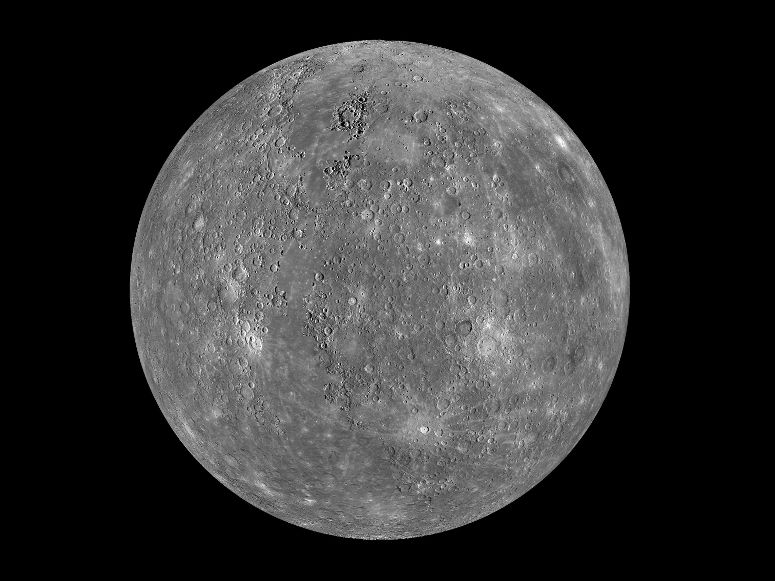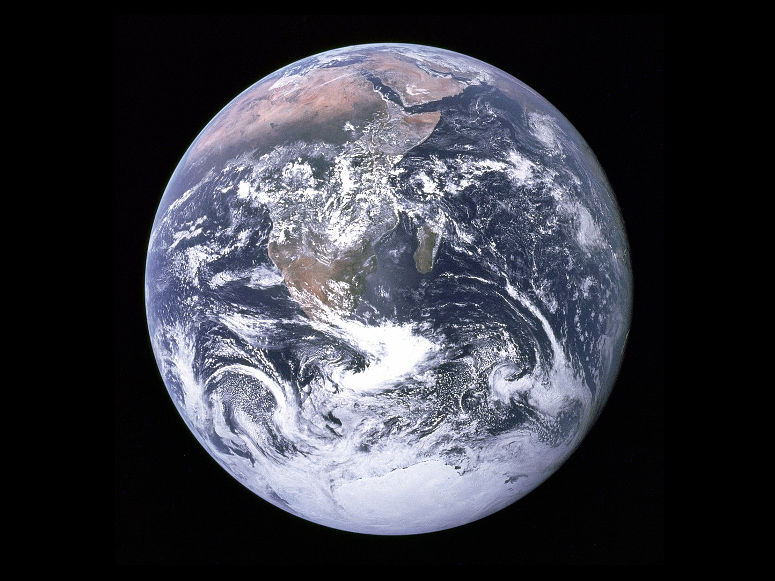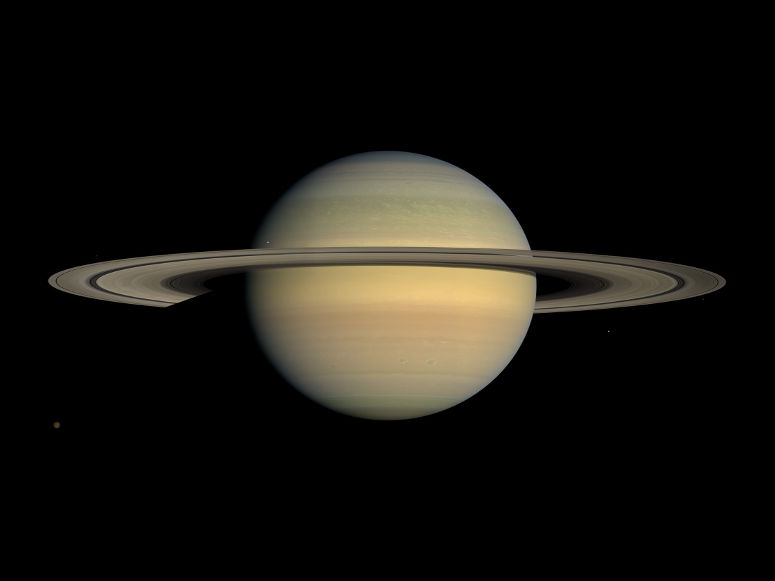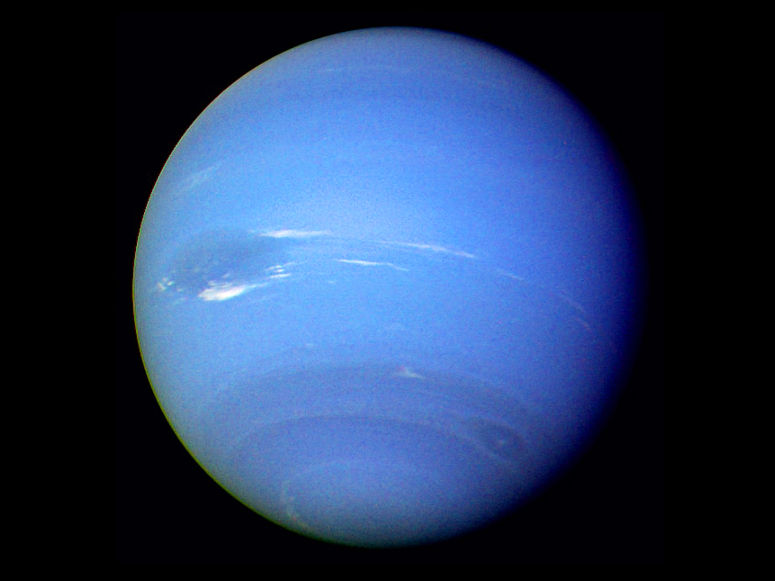Fun and easy science experiments for kids and adults.
Astronomy
Make a scale model of the solar system including the Sun and the planets (Mercury, Venus, Earth, Mars, Jupiter, Saturn, Uranus and Neptune).
| Gilla: | Dela: | |
Materials
- Modeling clay in different colors
- A ruler with millimetres (or 32nds of an inch)
- Some way of measuring long distances (a long tape measure, a measuring wheel or Google Maps)
- 10 wooden skewers (or some other kind of pointy sticks)
- 1 paper
- 1 pair of scissors
- 1 pen
- Tape
- For the Sun: A 100 cm (39 12/32 in) ball, for example an exercise ball. Alternatively a large white cardboard box and strong tape.
Step 1


Step 2


Step 3


Step 4


Step 5


Place the Sun where you want the center of the solar system to be. Place the "Sun" sign.
Step 6


Note that your solar system will be huge, even though the planets are so small! This is what's amazing about the solar system. If you want, you can choose to only place the inner planets. Or, you can choose to make a squeezed solar system (see below).
The planets
Mercury
Diameter: 3.5 mm (4/32 in)
Distance from the Sun: 42 m (136 ft)




Photo by NASA
Venus
Diameter: 8.7 mm (11/32 in)
Distance from the Sun: 78 m (255 ft)




Photo by NASA
Earth
Diameter: 9.2 mm (12/32 in)
Distance from the Sun: 107 m (352 ft)




Photo by NASA
Mars
Diameter: 4.9 mm (6/32 in)
Distance from the Sun: 164 m (537 ft)




Photo by NASA
Jupiter
Diameter: 102.7 mm (4 1/32 in)
Distance from the Sun: 559 m (1,834 ft)




Photo by NASA
Saturn
Diameter, without rings: 86.5 mm (3 13/32 in)
Distance from the Sun: 1,029 m (3,377 ft)




Photo by NASA
Uranus
Diameter: 36.7 mm (1 14/32 in)
Distance from the Sun: 2,063 m (1.28 mi)




Photo by NASA
Neptune
Diameter: 35.6 mm (1 13/32 in)
Distance from the Sun: 3,228 m (2.01 mi)




Photo by NASA
Pluto
Diameter: 1.7 mm (2/32 in)
Distance: 4,241 m (2.64 mi)




Photo by NASA
Explanation
You have now created a miniature model of our solar system. The scale of the model is 1:1,392,684,000. This means that 1 mm in the model equals to 1,392,684,000 mm in reality.At this scale, the planets are all reduced to a size that can be held in the hand, and they are now easy to compare. But the distances are still vast, and this is what's amazing with the solar system. It is so big! The outer planets are so far away from the Sun.
Our solar system consists of the Sun and the celestial bodies that are in orbit around it. These celestial bodies are planets, dwarf planets, moons and small solar system bodies (SSSBs).
In your model you have created the eight planets, which are Mercury, Venus, Earth, Mars, Jupiter, Saturn, Uranus and Neptune. You might also have created Pluto, which was previously considered a planet but is now classified as a dwarf planet. A planet is defined as a celestial body large enough that through its gravity it has become round and cleansed its surroundings of other celestial bodies. But in Pluto's orbit, there is too much matter left for it to be classified as a planet. In addition to Pluto, several more dwarf planets have been confirmed in the solar system, and more will be discovered.
The four inner planets (Mercury, Venus, Earth and Mars) are small and solid and are called terrestial planets. The outer planets (Jupiter, Saturn, Uranus and Neptune), on the other hand, are large and have a thick outer layer of gas. They are usually called gas giants. The four inner planets are not as far apart as the four outer ones. After Mars, the distances between the planets become much larger, something that really becomes obvious in your model. The farther from the Sun a planet is, the colder it is in general.
In your model of the solar system, you have probably placed the planets and Pluto in a straight line from the Sun. This is however not necessary, because the celestial bodies move orbits around the Sun. Neptune can thus be placed 3,228 m (2.01 mi) to the right of the Sun and Pluto 4,241 m (2.64 mi) to the left of the Sun. But none of the celestial bodies move in completely circular orbits around the Sun. All have a more or less elliptical (oval) orbit, which means that the distance to the Sun varies. Mercury has the most elliptical orbit of the planets, and its distance from the Sun varies between 46 and 70 million kilometres. Earth has a more "normal" elliptical orbit and our distance to the Sun varies between 147 and 152 million kilometres. The dwarf planet Pluto has a very elliptical orbit that takes it between 4 437 and 7 311 million kilometres from the Sun. This means that Pluto sometimes is closer to the Sun than Neptune!
You have also created the Sun, which is the star that our planets orbit. Contrary to many people's beliefs, the Sun is white. It only looks yellow when we see it through our atmosphere.
The time each planet takes to make one orbit around the Sun, i.e. one year, varies depending on the distance to the Sun. The farther away a planet is from the Sun, the longer it takes for the planet to make an orbit. One year on Mercury, for example, lasts for 88 Earth days, one year on Jupiter for 12 Earth years and one year on Neptune for 165 Earth years.
All planets have been visited by passing space probes from NASA, which have taken great photographs of them. Therefore, we know what they look like, at a relatively close distance. For a long time, the best photographs of Pluto were taken with a telescope, and back then it was unclear what color the dwarf planet had. But in 2015, the space probe New Horizons passed by and took fantastic photographs up close and now we finally know what color Pluto is.
From Earth we can see Mercury, Venus, Mars, Jupiter and Saturn with the naked eye. Venus and Jupiter are easy to find, because they shine brighter than any star in the night sky. Mercury, Mars and Saturn shine as brightly as stars, and therefore you need to know approximately where they are to know that you are looking at them and not stars. However, you can see that Mars is dim red.
Variation: Add moons
You can also add the seven largest moons to the solar system model. See Wikipedia for photos of them. The distance is measured from their planet's center, not its edge.Ganymede
Diameter: 3.8 mm (5/32 in)
Distance to Jupiter: 77 cm (30 in)
Titan
Diameter: 3.7 mm (5/32 in)
Distance to Saturn: 88 cm (35 in)
Callisto
Diameter: 3.5 mm (4/32 in)
Distance to Jupiter: 135 cm (53 in)
Io
Diameter: 2.6 mm (3/32 in)
Distance to Jupiter: 30 cm (12 in)
The Moon
Diameter: 2.5 mm (3/32 in)
Distance to Earth: 28 cm (11 in)
Europa
Diameter: 2.2 mm (3/32 in)
Distance to Jupiter: 48 cm (19 in)
Triton
Diameter: 1.9 mm (2/32 in)
Distance to Neptune: 25 cm (10 in)
Variation: Squeezed solar system
If you think the model is too large, you could make a squeezed model of the solar system. Here, the distances are 40 times smaller but the sizes of the Sun and the planets are the same. This model fits snugly on a football field.- Mercury: 1.0 m (3 ft 5 in)
- Venus: 1.9 m (6 ft 4 in)
- Earth: 2.7 m (8 ft 10 in)
- Mars: 4.1 m (13 ft 5 in)
- Jupiter: 14 m (46 ft)
- Saturn: 26 m (84 ft)
- Uranus: 52 m (169 ft)
- Neptune: 81 m (265 ft)
- Pluto: 106 m (348 ft)
Experiment
You can turn this model and demonstration into an experiment. This will make it a better science project. To do that, try answering one of the following questions. The answer to the question will be your hypothesis. Then test the hypothesis by doing the experiment.- What is the size of the Sun as seen from all the planets? (In this model, if you are at a planet and look at the Sun, you will see it in the same size as if you really were on that planet.)
- What other planets are visible with the naked eye from each planet? (In this model, if you are at planet, you will see the other planets in the same sizes as if you really were on that planet.)
- Which two planets are most often in line with each other (with respect to the Sun)?
| Gilla: | Dela: | |
Similar
Latest
Content of website
© The Experiment Archive. Fun and easy science experiments for kids and adults. In biology, chemistry, physics, earth science, astronomy, technology, fire, air and water. To do in preschool, school, after school and at home. Also science fair projects and a teacher's guide.
To the top
© The Experiment Archive. Fun and easy science experiments for kids and adults. In biology, chemistry, physics, earth science, astronomy, technology, fire, air and water. To do in preschool, school, after school and at home. Also science fair projects and a teacher's guide.
To the top

































































































































